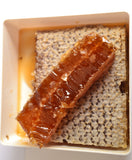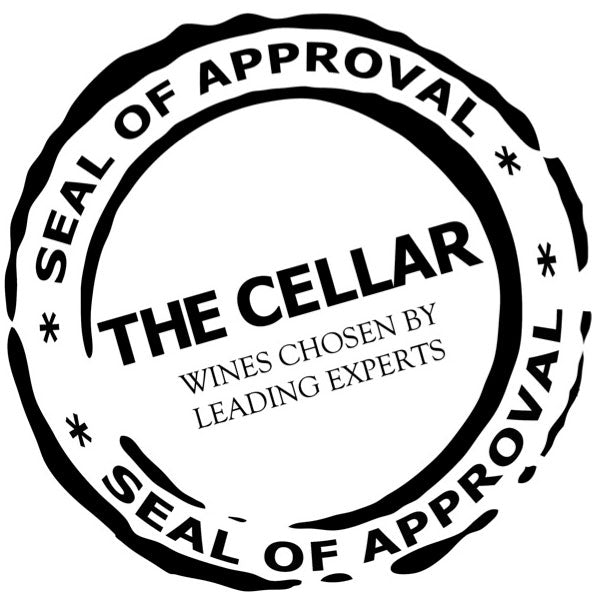Chenin Blanc






Classic aromas of Chenin Blanc are: Lime, Green Apple, Rockmelon, Lemon, Yellow Peach and Honeycomb
Chenin Blanc is a French white grape. It is home in the Loire Valley in France, which has been its home since it was first noted in a botanist’s diary in 1496. Here it was named after a specific region of the Loire, Anjou.
Chenin Blanc is quite a fickle grape in the vineyard and can be hard to ripen. This means that it needs warm vintages with overall warm climates to produce proper dry wines. This being said, Chenin Blanc is capable of making everything from incredible dry whites, off-dry whites, sparkling and sweet wines.
Throughout its home in the Loire Valley specific regions have been carved out in law to produce solely one style of Chenin Blanc. Sparkling wines are produced under the ‘Cremant de Loire’ appellation name. Dry whites: Saumur, Vouvray and Savienneres, and sweet wines are found in Chaume, Quarts-de-Chaume and Coteaux du Layon.
Chenin Blanc is a fantastic grape that has many flavours in its aroma profile – all depends on how much residual sugar is present or if produced in a warmer, or cooler climate. The most typical Chenin Blanc wines will have a high acidity and medium body. The flavours are reminiscent of pears, green apples, peaches and honey.
In the youngest Loire Chenins they will have a strong green apple, lemon juice and chalk aroma. With age these same wines develop into a flavour profile with baked citrus, barley sugar, almond, pineapple and peach flavours. When Chenin Blanc is made into sweet wines, thanks to Botrytis, it will have strong flavours of dried apricots, honeycomb and yellow peaches.
Outside of the Loire, Chenin Blanc has been planted in leading regions in the new world such as: California, New York, Mexico, Israel, New Zealand and Australia.
The most important producer of Chenin Blanc outside of Franc is South Africa. Most of the vineyards are located inland in Paarl. There are a total of 18,852ha of Chenin Blanc across South Africa, this makes it the most planted white grape and 18.6% of the nation’s total vineyard area. It makes dry to sweet wines as well as being the base in brandy production.
